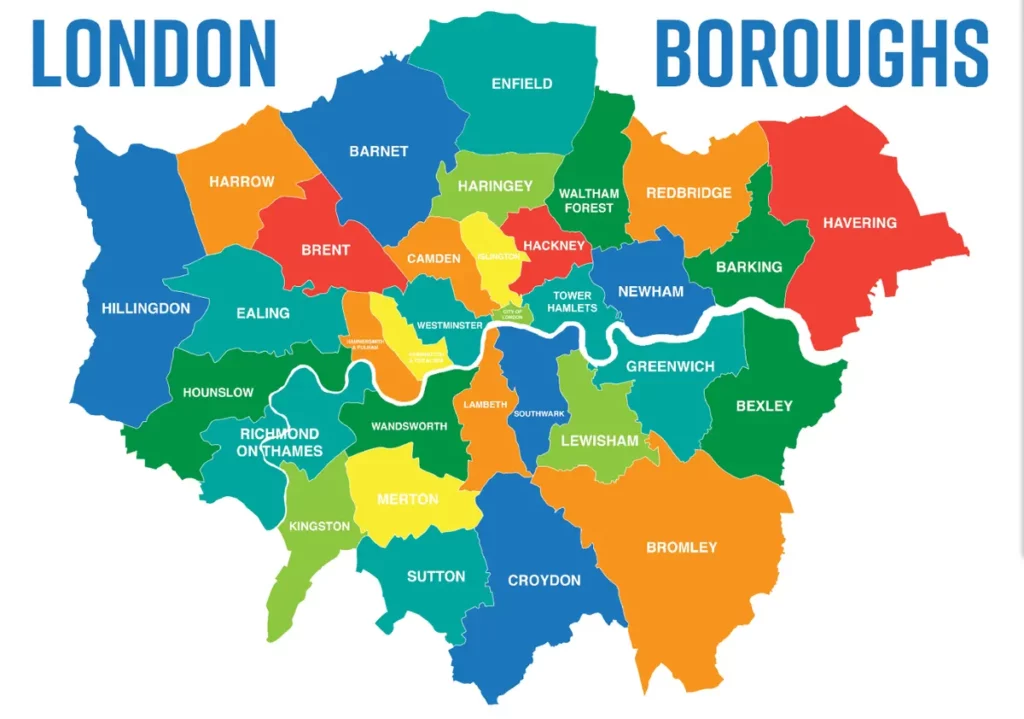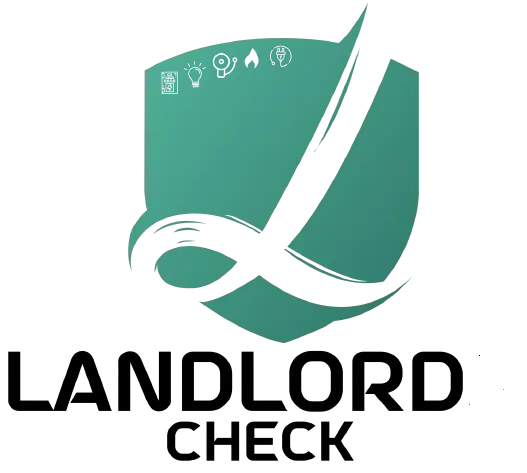Understanding Energy Performance Certificates: Importance and New Rules for Landlords in the UK
What is an Energy Performance Certificate (EPC)?An Energy Performance Certificate (EPC) is a crucial document that assesses the energy efficiency...


In this guide, we’ll cover the essentials of conducting a fire risk assessment for communal areas, highlight the legal requirements, and provide resources for landlords to help ensure compliance and safety.
A fire risk assessment is a thorough review of a property to identify fire hazards, evaluate the risk to occupants, and implement measures to mitigate those risks. For communal areas, this involves assessing shared spaces such as hallways, stairwells, lounges, and other common areas in residential buildings or HMOs (Houses in Multiple Occupation).
Landlords are required by law to conduct fire risk assessments under the Regulatory Reform (Fire Safety) Order 2005. This order mandates that a responsible person, typically the landlord or property manager, must:
Identify Potential Fire Hazards
Identify People at Risk
Evaluate and Reduce Risks
Record, Plan, and Train
Review and Update
Proper fire safety equipment is essential in mitigating risks and ensuring a quick response in case of a fire. This includes:
For more detailed information on fire risk assessments and landlord responsibilities, visit the following links:
Conducting a fire risk assessment for communal areas is a vital part of property management that ensures the safety of tenants and compliance with legal requirements. By identifying hazards, evaluating risks, and implementing precautionary measures, landlords can create a safer living environment for all occupants. Regular reviews and updates to the fire risk assessment will help maintain high standards of fire safety. For further guidance and to ensure compliance, landlords should consult the provided resources and seek professional assistance if necessary.
Be compliant and updated with the latest safety knowledge regarding fire risk, gas safety, electrical safety and energy performance.
What is an Energy Performance Certificate (EPC)?An Energy Performance Certificate (EPC) is a crucial document that assesses the energy efficiency...
Introduction to Fire Risk AssessmentA fire risk assessment is a systematic evaluation designed to identify potential fire hazards within a...
The evolving regulatory landscape for Energy Performance Certificates (EPCs) in England and Wales is at a pivotal moment, with landlords...
The Regulator of Social Housing (RSH) has recently identified serious failings in Brent Council’s performance as a landlord — findings...
Landlords Checks Limited 1340 – Greenford Road, Greenford, UB6 0HL
Mon – Friday 08:00 – 18:00 Saturday 10:00 – 16:00

Landlord Check has been providing safety certificates to happy customers for over 30 years. Specialising in Fire Risk Assessment (FRA), Gas Safety (CP12), Electrical Safety (EICR), and Energy Performance Certificates (EPC). London-Wide Coverage.
Copyright © 2025 Landlord Check LTD. All rights reserved.